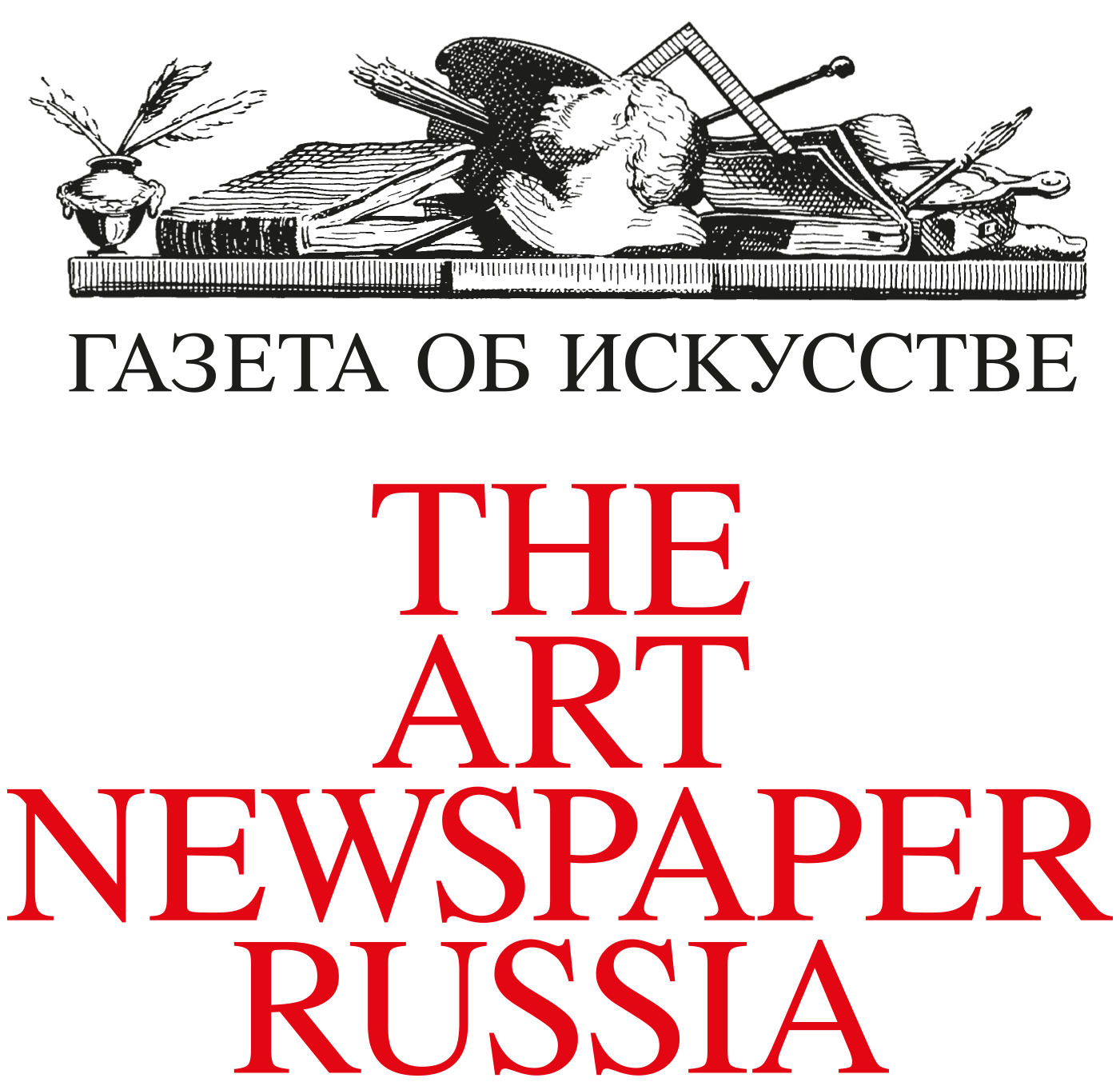Curator: Aleksey Petukhov, Senior Researcher of the Department of 19th and 20th Century European and American Art.
Baroness d'Oettingen’s salon at Montparnasse was extremely popular among innovative artists, writers and poets, art critics and musicians in the 1910s, the high noon of the Paris avant-garde. Hélène Miaczinska, a femme fatale and a Polish aristocrat with an imposing name and title moved to Paris with her cousin, a talented artist and refined connoisseur Sergey Yastrebzov at the break of the 20th century. Sergey adopted a pseudonym Serge Férat and rose to fame together with Baroness d'Oettingen as the leading figures in artistic life in Paris. These passionate lovers of arts glowing with energy constantly entertained creative initiatives, sometimes with romantic paramours included. They promoted and participated in dozens of avant-garde projects. Pablo Picasso, Georges Braque, Henri Matisse, Andre Derain, cubists from Puteaux Group, Italian futurists, painters from School of Paris, poets Guillaume Apollinaire and Jean Cocteau were the insiders of this vibrant social club.
Pushkin State Museum of Fine Arts is organizing this exhibition in partnership with French colleagues aiming to re-create the intense atmosphere of life in Paris d'Oettingen and Férat had in 1900s–1950s. The displayed items will include materials from the private archives of the French heirs of Baroness, the Roussot family, previously unknown to the broad audience, as well as exhibits drawn from collections of Center Georges Pompidou and the City of Paris Museum of Modern Art. About 40 paintings, up to 50 drawings, unique archival documents, design and applied works will be presented in the project.
The salon of Baroness d'Oettingen, the meeting place of the avant-garde masters, is the focal point of the exhibition, but the talents of the fine lady, who also acted like an artist, poet and art critic, will also be highlighted. Her big personality made the apartments at Boulevard Raspail in Montparnasse with Henri Roussot’s paintings on the walls so attractive to the talents in all sorts of art.
The Baroness’ and her cousin’s role as patrons of avant-garde is an individual topic within the project. In 1910 the Baroness d'Oettingen’s social club embraced somewhat reserved individuals like Pablo Picasso and Georges Braque, and more companionable Albert Gleizes, Jean Metzinger, Robert Delaunay, Fernand Léger, and a future dadaist Francis Picabia. It should be noted that art works of Serge Férat in terms of expressiveness were as good as canonical cubist masterpieces. The Finnish painter Léopold Survage, the Baroness’ lover, was one of the pioneers of the abstract art.
Baroness d'Oettingen was also an affectionate fan of literature, she gave a very special welcome to the writers and poets. D'Oettingen and Férat founded a legendary magazine “Soirees de Paris” (Paris Nights) and “donated” it to their friend Guillaume Apollinaire in 1913 who made it a flagship of avant-garde media. Another section of the exhibition dedicated to poets Apollinaire, Cocteau, Max Jacob, André Salmon who recited their lyrics in the salon will focus on their relations with the artists.
After the end of World War I a series of innovative theater projects were launched in Paris. Among these were “Parade” ballet with the scenery painted by Picasso in 1917 and “The Breasts of Tiresias” with the stage design by Serge Férat. The latter was called a “surrealistic performance” and, basically, this is how the term was born.
Because of the Russian Revolution D'Oettingen and Férat lost their incomes and while they could no longer afford to be generous philanthropists they remained tireless activists of art. Baroness D'Oettingen was a prolific poet, she published her poems and cooperated with the musicians from “Les Six” and artists from the School of Paris. Her experiments with fashion and design in 1920s have a lot in common with the art works of her famous contemporary Sonia Delaunay and art déco aesthetics. Serge Férat became famous during the 20 year interwar period for his theater projects and philosophical compositions with harlequins that excited unstinted admiration of Jean Cocteau. Serge Férat kept the archive of Baroness D'Oettingen for many years as a memory of the heroic time of becoming of avant-garde. He died in a very advanced age.



























